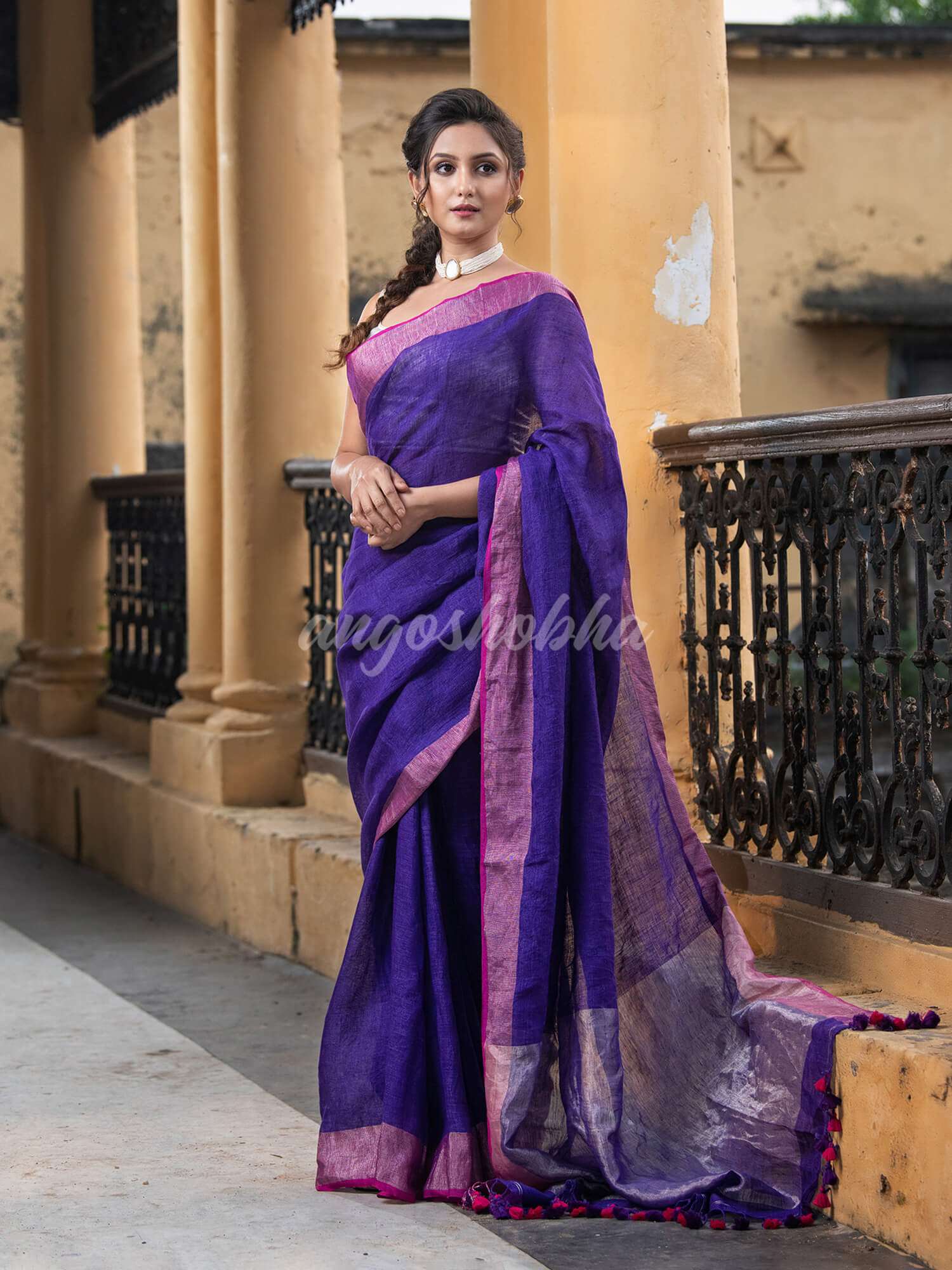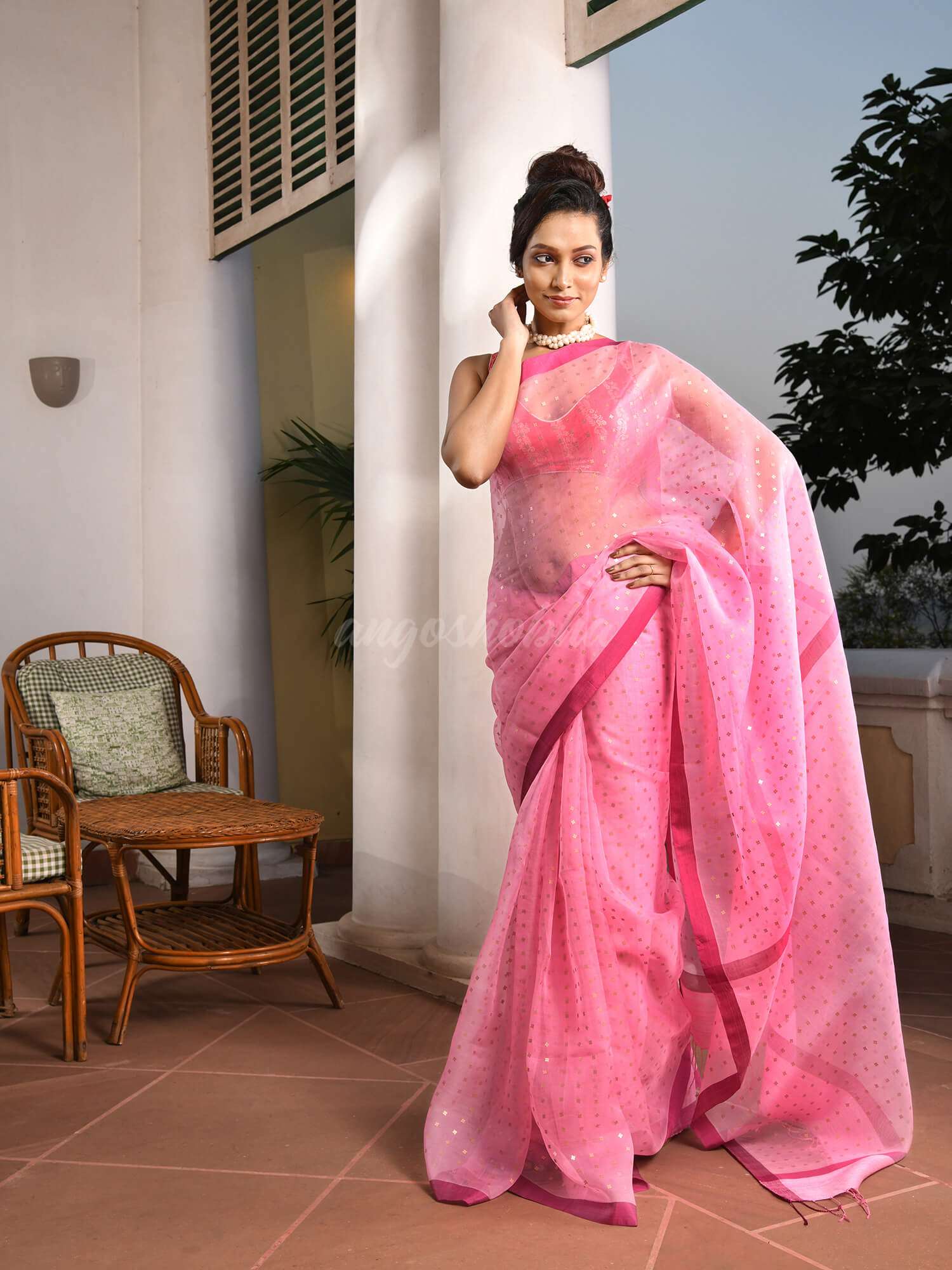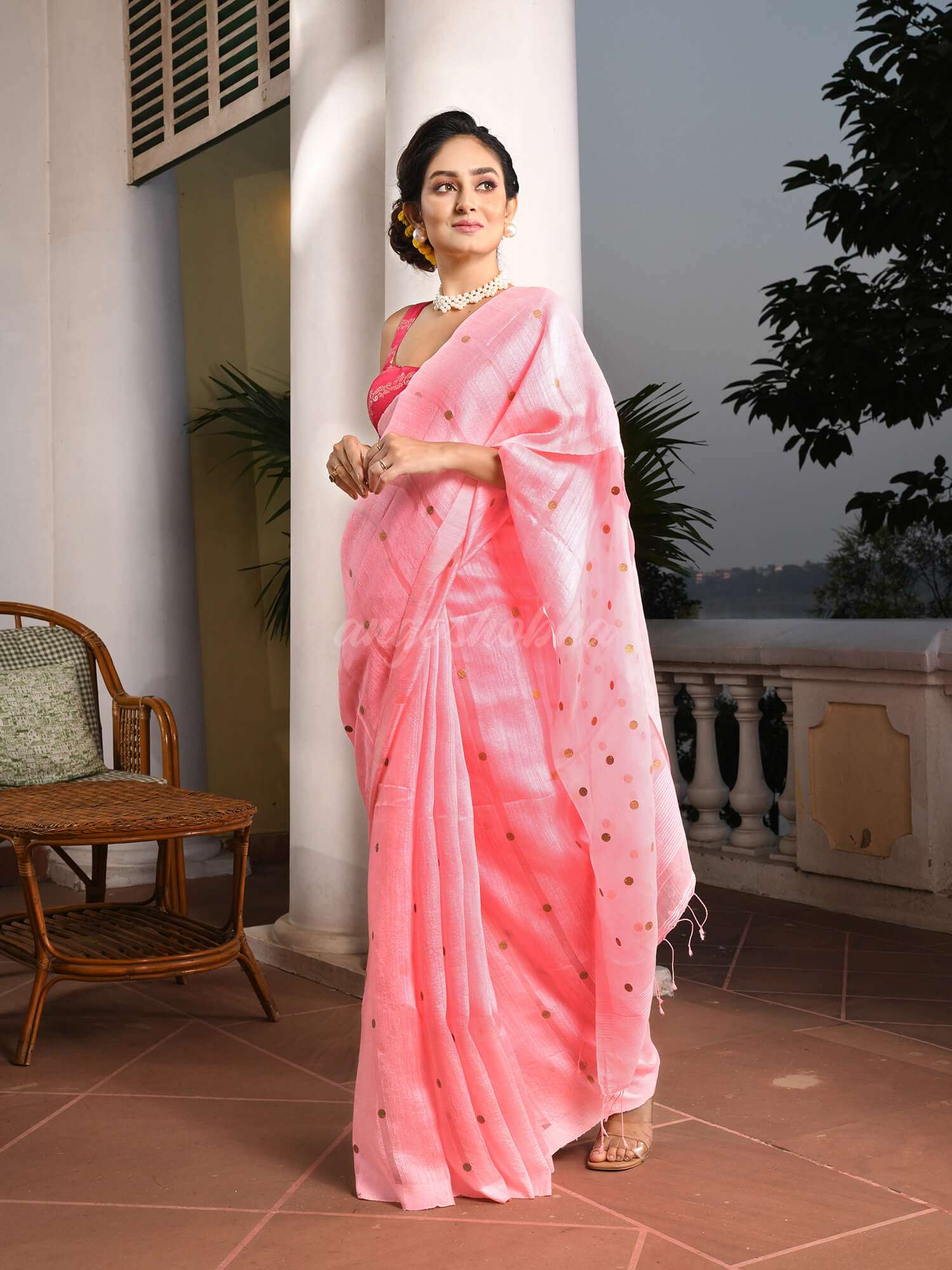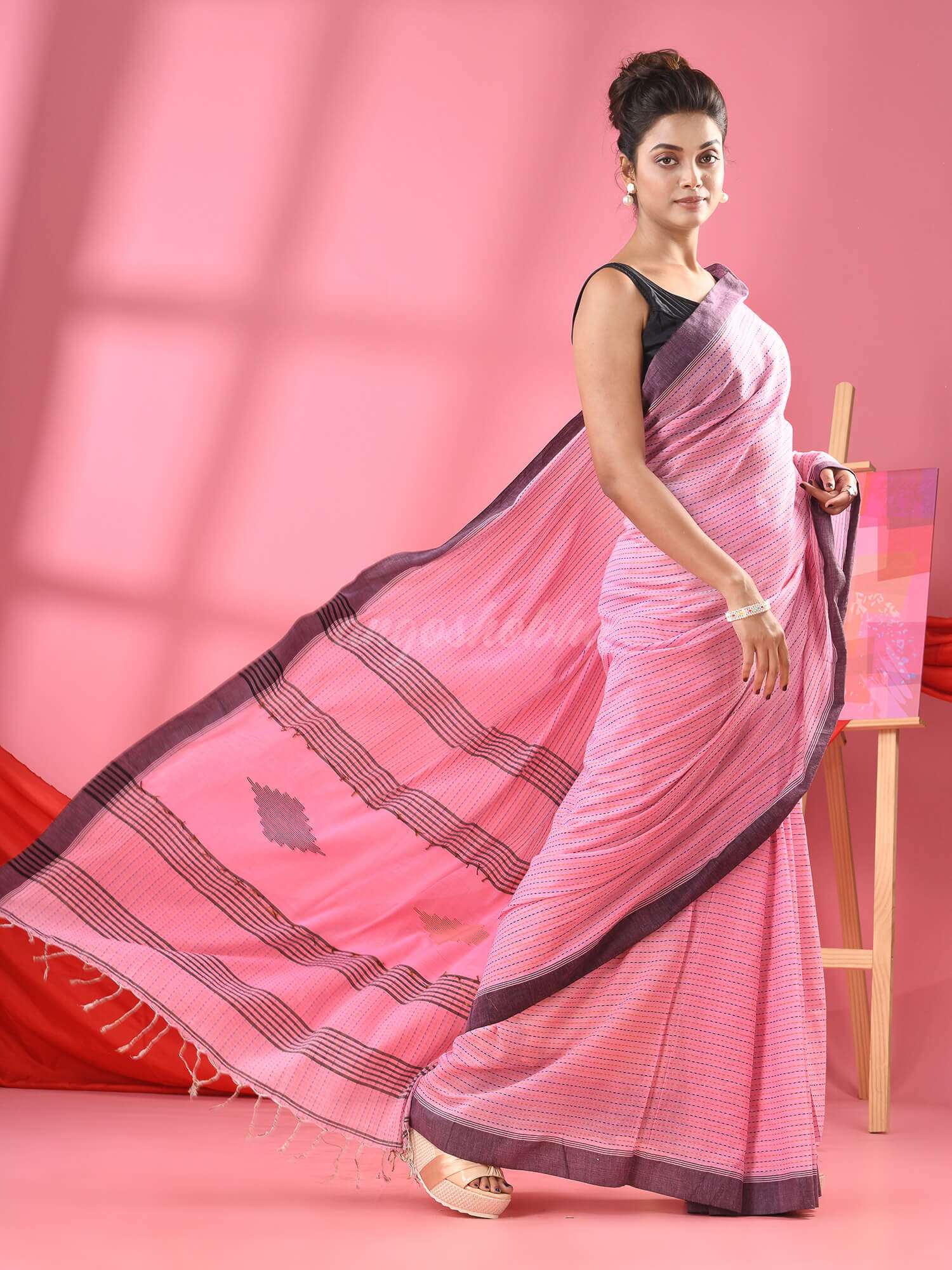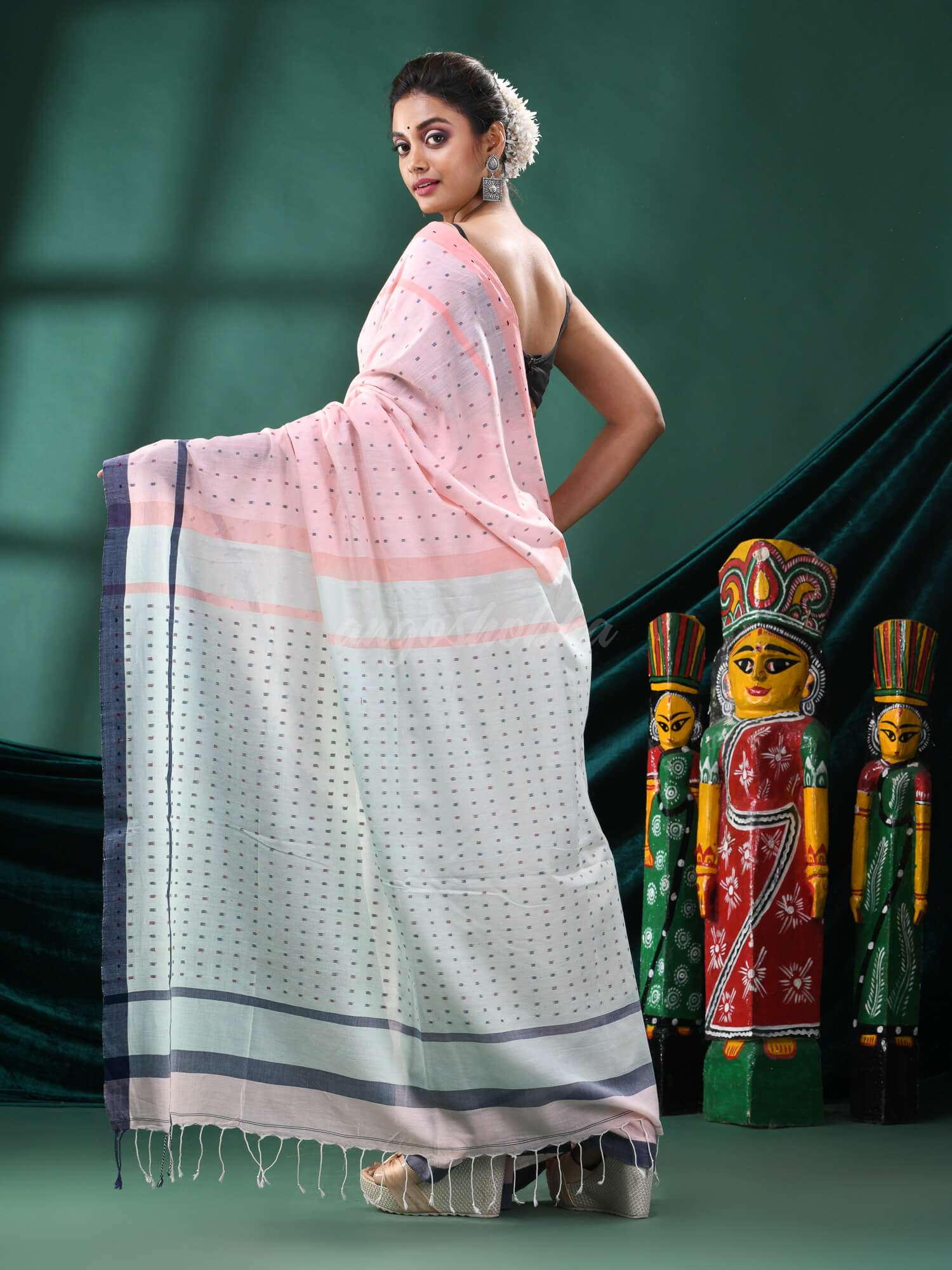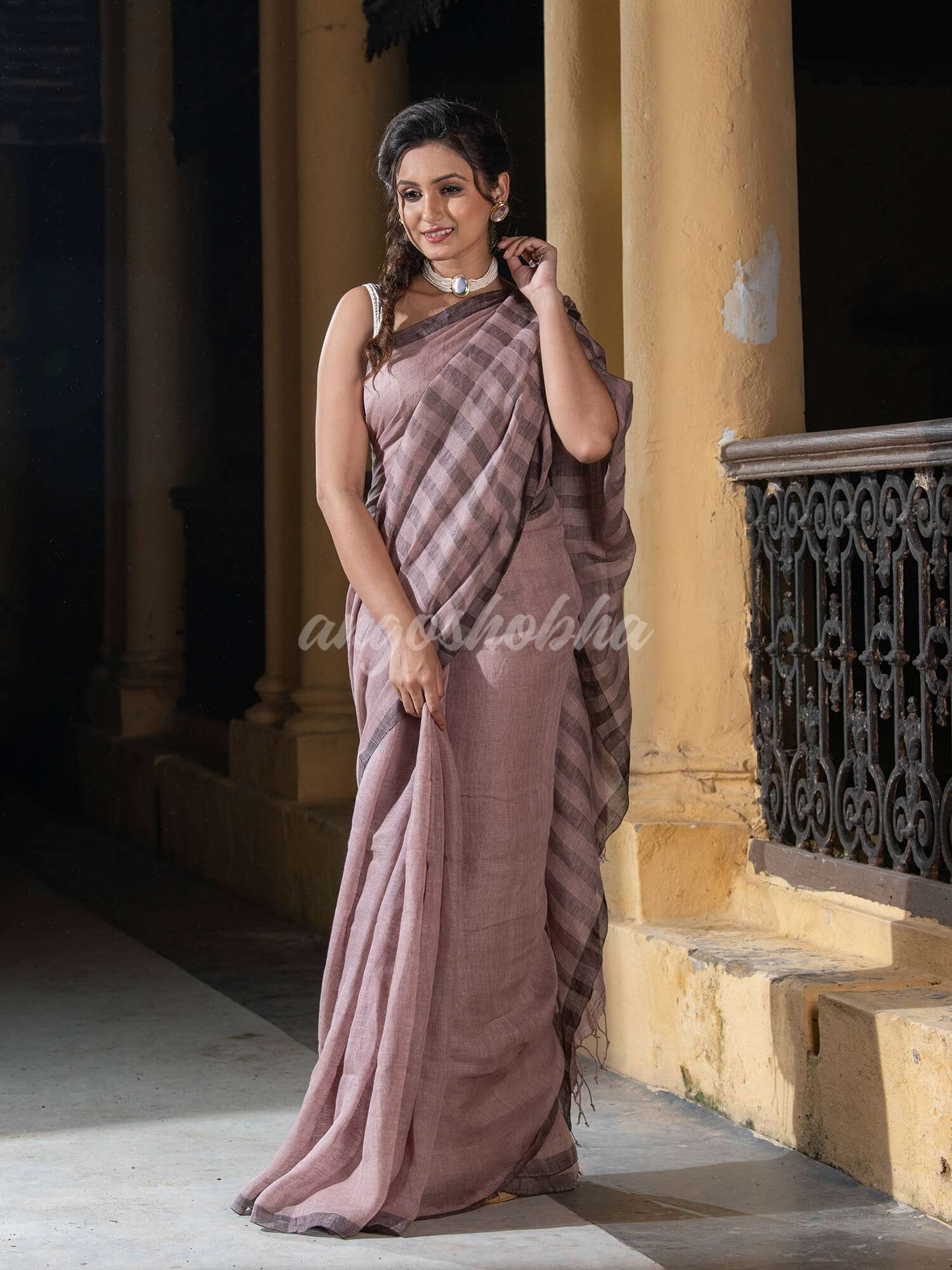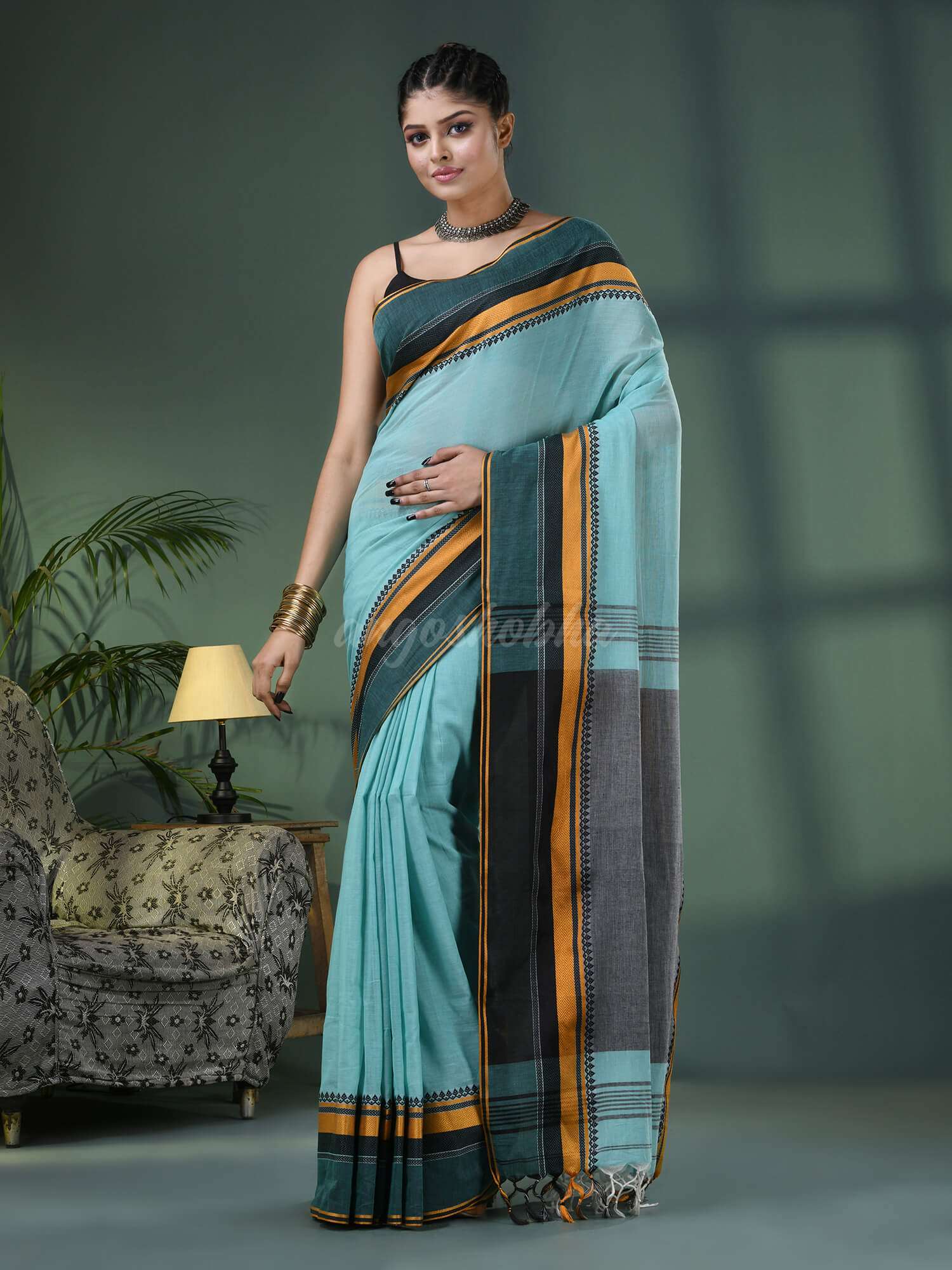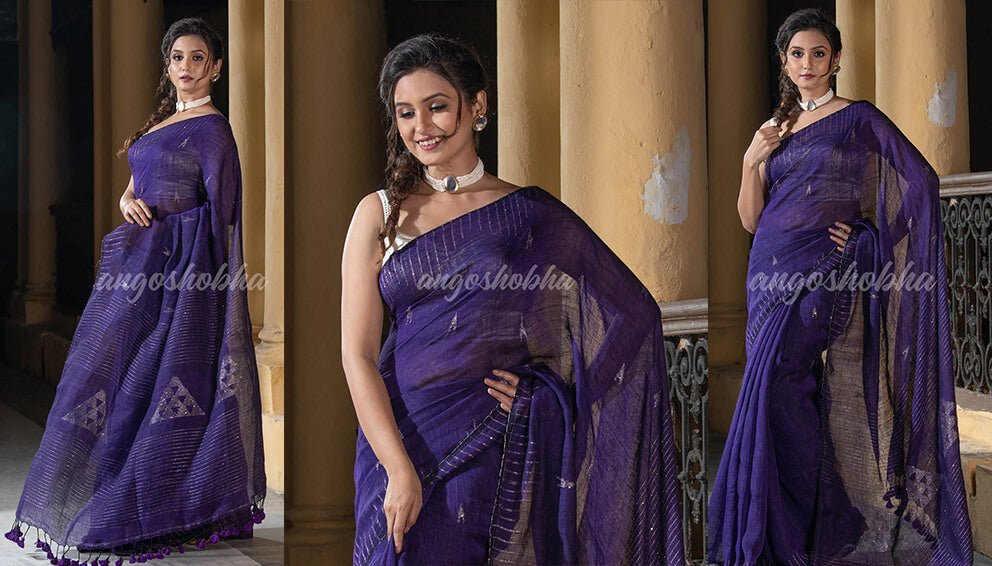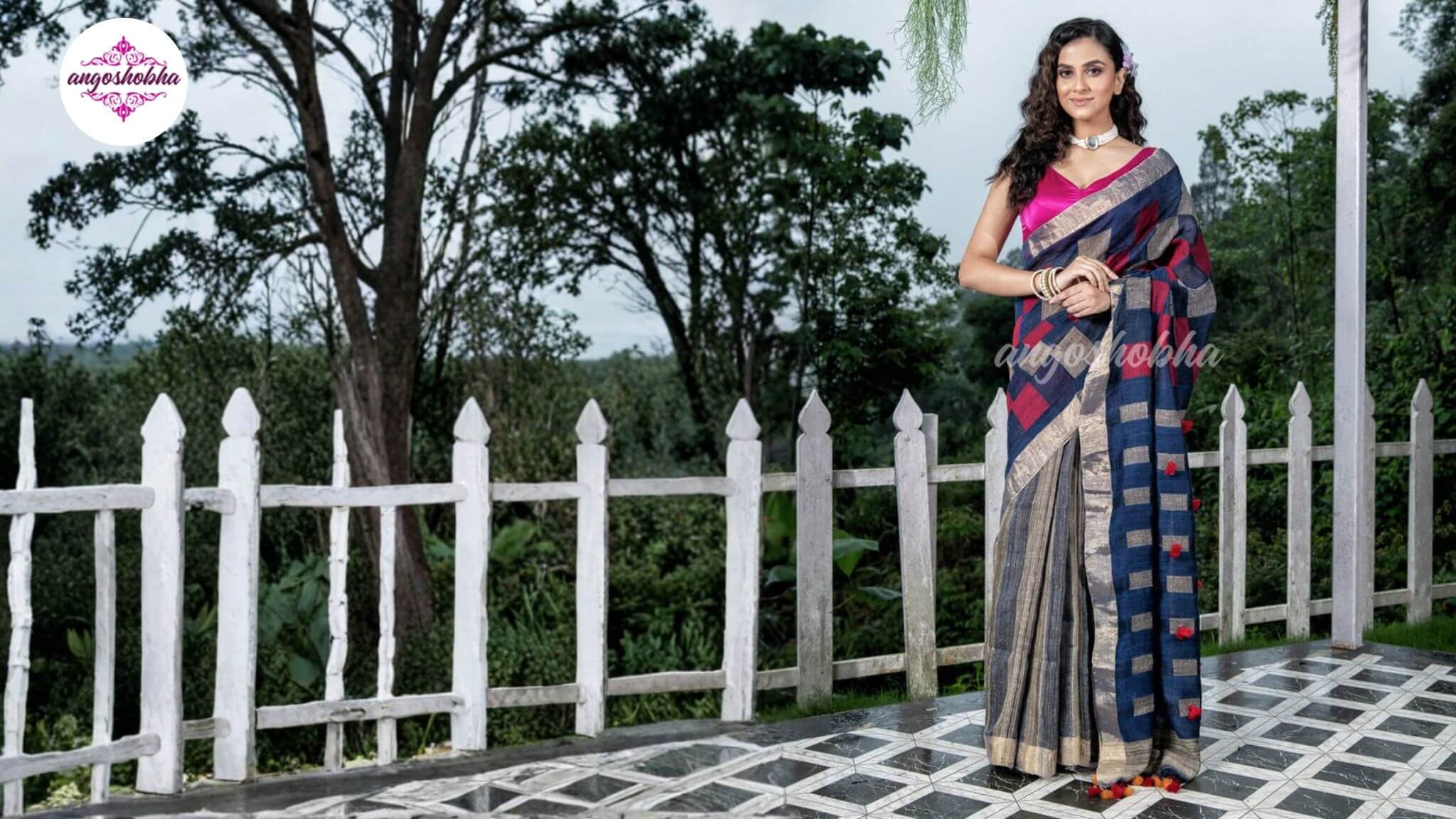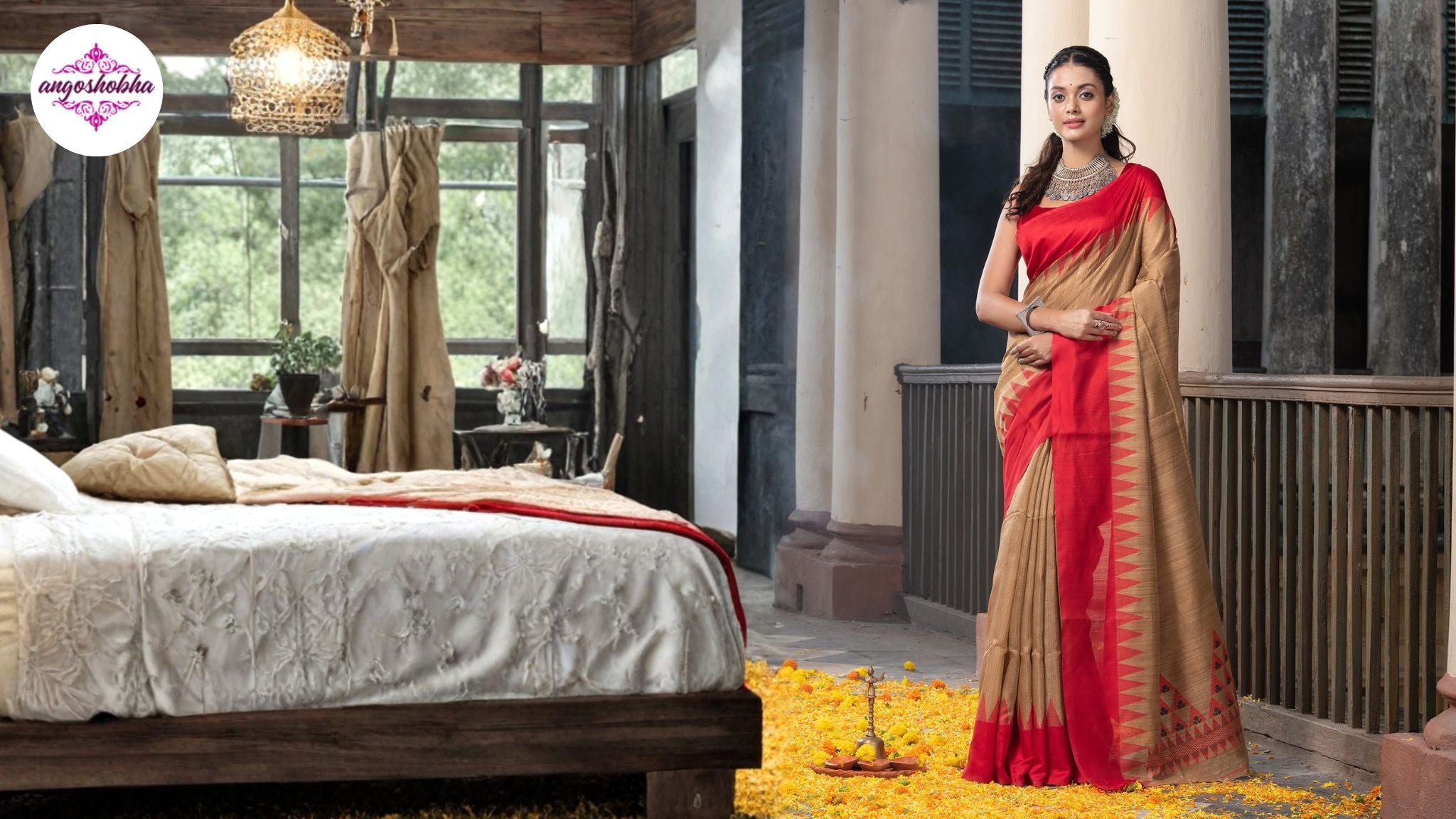The saree is a timeless piece of clothing that represents the cultural heritage and elegance of India. From the vibrant traditional South Indian saree look to the understated beauty of a traditional Kerala saree, wearing a saree is an art. This blog will guide you on how to wear a saree in a traditional style, highlighting various styles and the latest trends in sarees.
Step 1: Choosing the Right Saree
The foundation of a stunning traditional saree look begins with choosing the right saree. Here are some popular options to consider:
- Traditional Sarees for Women: These include classics like the Banarasi saree, Kanjeevaram silk saree, and Paithani saree.
- Traditional Wedding Sarees: Opt for rich fabrics like Kanjeevaram or Banarasi silk with intricate zari work for weddings.
- Traditional Kerala Saree Look: Known for their ivory and gold palette, these sarees exude grace and simplicity.
- Linen Silk Sarees: A blend of comfort and elegance, perfect for casual or semi-formal events.
- Cotton Sarees for Women: Soft pure cotton sarees and fancy cotton sarees are ideal for daily wear or summer events.
- Tant Saree: A staple in Bengali culture, these lightweight sarees are known for their vibrant colors and intricate designs.
- Matka Silk Saree: A handwoven beauty with a unique texture, perfect for an ethnic yet modern look.
- Muslin Sarees: Delicate and lightweight, pure muslin sarees are perfect for occasions requiring subtle elegance.
Step 2: Selecting the Perfect Blouse
The blouse can make or break your traditional saree look. Here are some tips for selecting traditional saree blouse designs:
- Pair your traditional South Indian saree with a heavily embroidered blouse for a regal touch.
- For traditional Kerala sarees, opt for a golden blouse to complement the saree’s ivory tones.
- Experiment with trendy cuts like boat necks, elbow-length sleeves, or backless designs for wedding sarees.
Step 3: Draping the Saree
Here’s how you can drape a saree in traditional style:
- Start with the Underskirt: Tie a matching petticoat firmly around your waist.
- Tuck and Pleat: Start tucking one end of the saree into the petticoat and wrap it around. Make 5-7 pleats, ensuring they are even and pin them securely.
- Pallu Draping: Depending on the saree style, drape the pallu over your shoulder. For a traditional look, let the pallu fall gracefully at the back.
Step 4: Accessorizing Your Look
- Jewelry: Pair your traditional saree with gold jewelry, temple jewelry, or oxidized silver for a rustic look.
- Hairstyle: Opt for braided hairstyles adorned with flowers for weddings or traditional events.
- Footwear: Choose embellished sandals or juttis to complete your outfit.
Step 5: Exploring the Latest Saree Trends
If you’re looking to upgrade your wardrobe, here are some trendy options:
- Reception Sarees: Opt for lightweight and stylish sarees in chiffon or georgette for post-wedding events.
- Pure Linen Sarees: Known for their breathable fabric, these sarees are perfect for both casual and formal occasions. Check out the latest linen saree prices for budget-friendly options.
- Cotton Silk Saree: A versatile choice that combines the comfort of cotton with the sheen of silk.
- South Cotton Saree: Known for their vibrant hues and durability, these sarees are perfect for daily wear.
Conclusion
Wearing a saree in a traditional style is not just about draping; it’s about embodying the grace and culture that the saree represents. Whether you choose a tant saree or a matka silk saree, the key lies in carrying it with confidence. Explore the latest saree collections, experiment with blouse designs, and embrace this timeless attire for every occasion.


